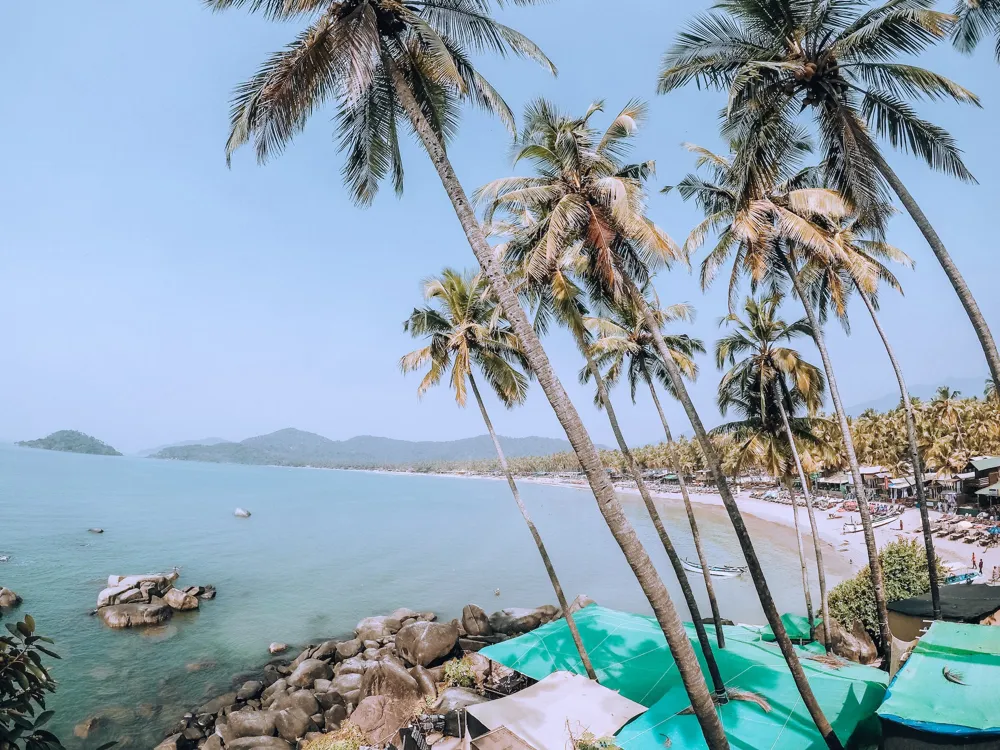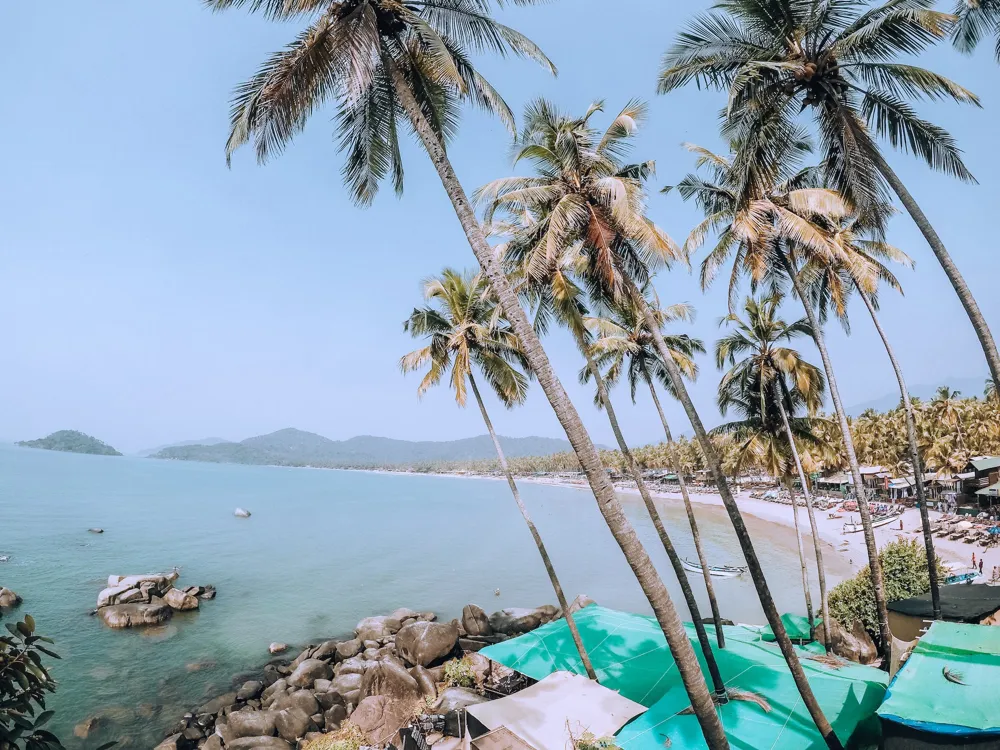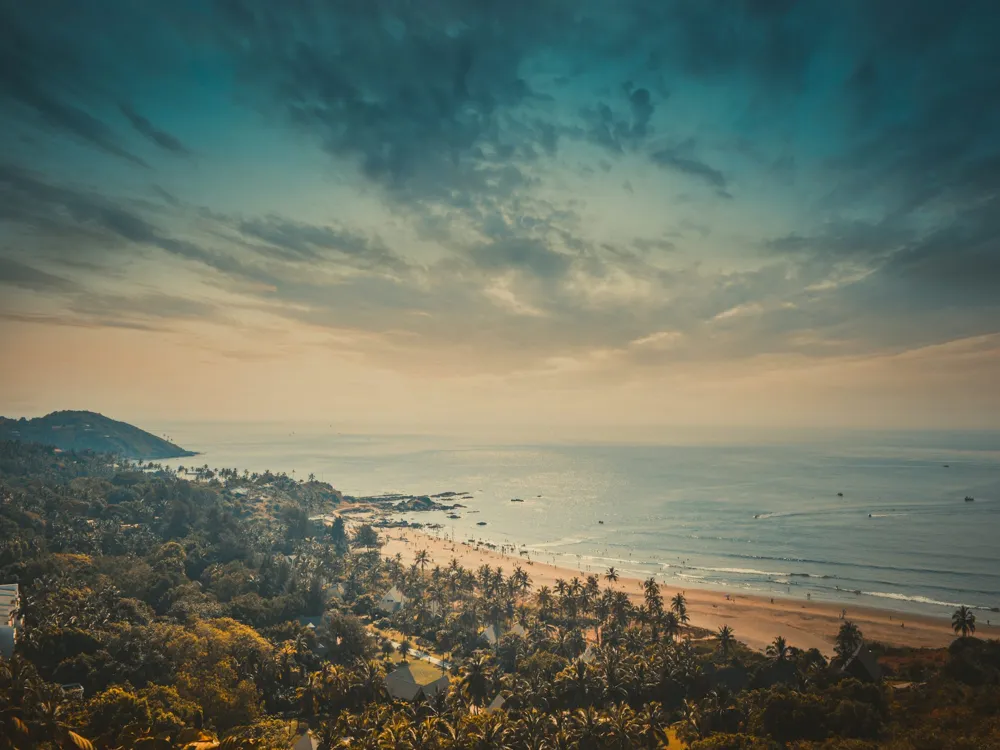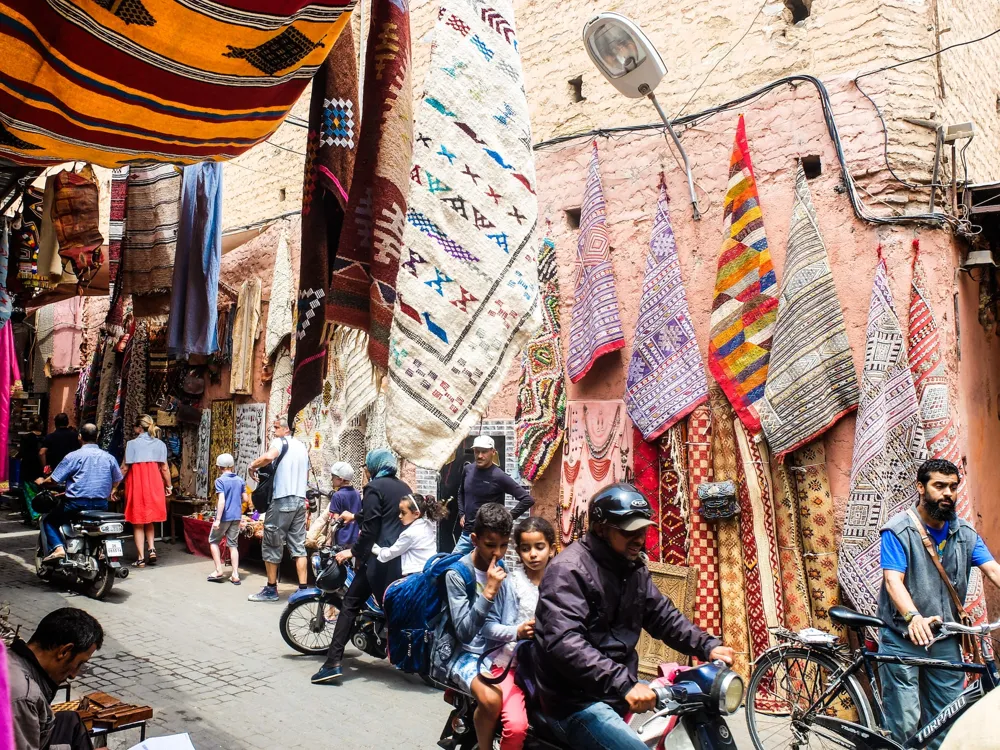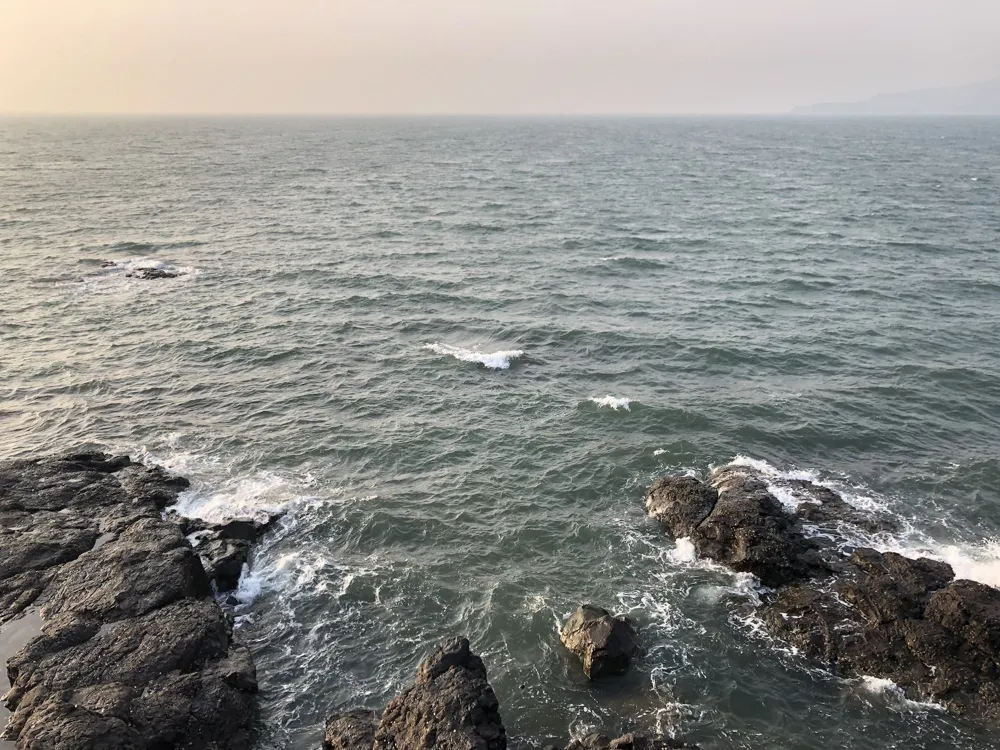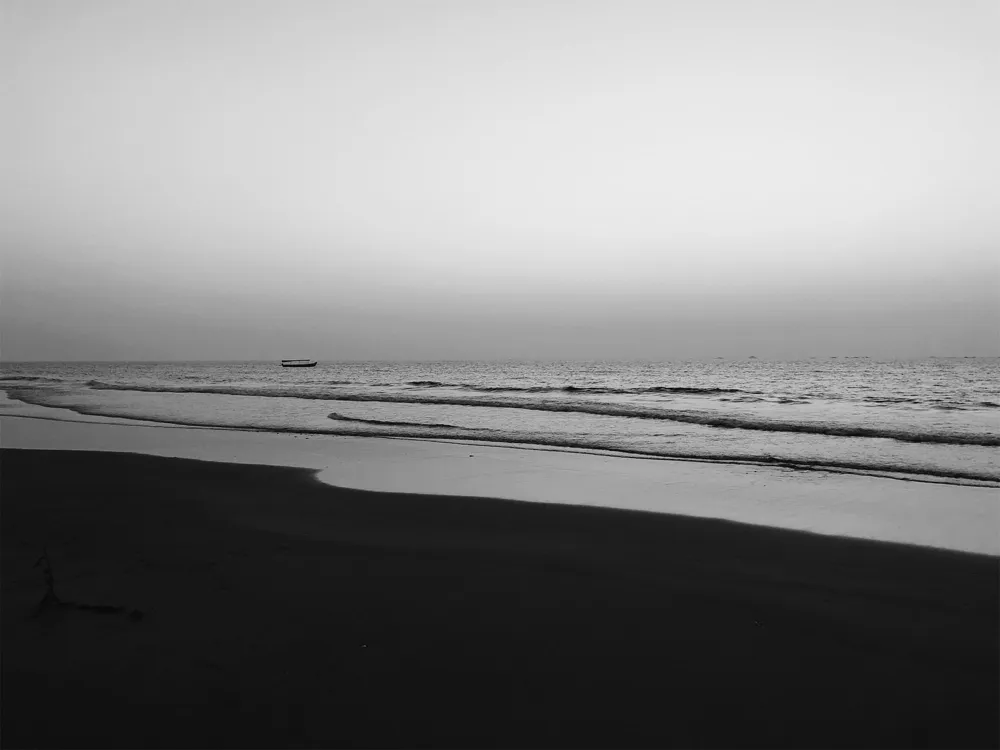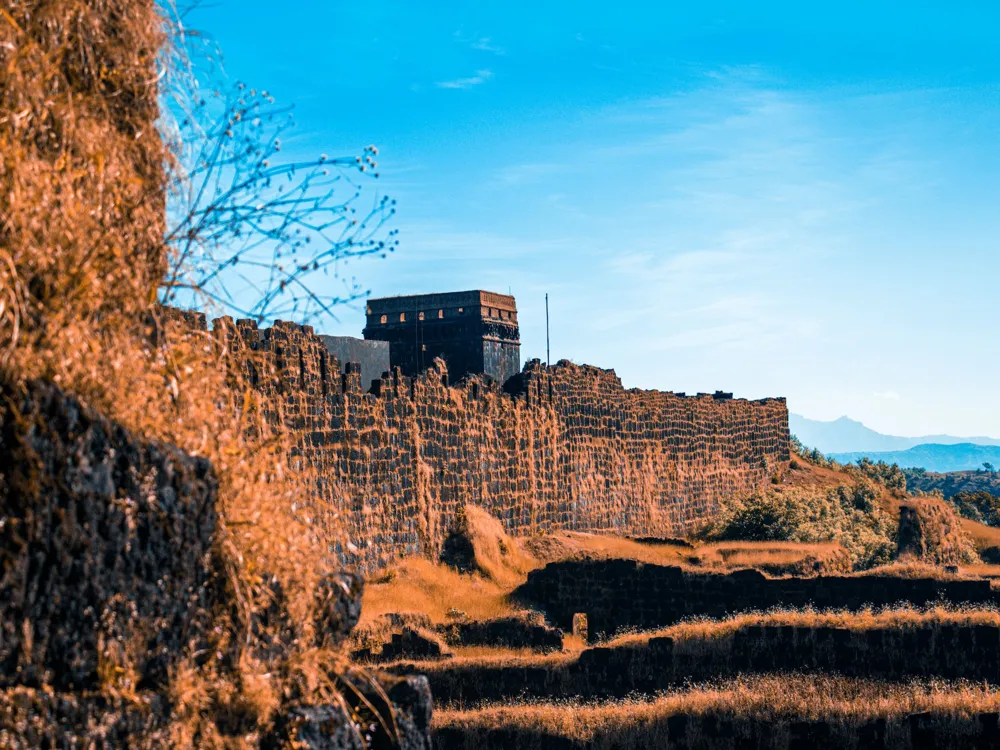San Jacinto Island, a serene and picturesque locale in Goa, stands as a testament to the region's rich cultural tapestry and natural beauty. Nestled in the azure waters of the Arabian Sea, this island exudes a tranquil charm, making it a hidden gem among Goa's more bustling tourist spots. The island's history is intertwined with Goa's colonial past, reflecting a blend of Indian and Portuguese influences. The island's landscape is dominated by lush greenery, with swaying palm trees and vibrant flora creating a perfect backdrop for its traditional Goan houses. These houses, often painted in bright hues, represent the architectural harmony of Indo-Portuguese styles. The island is also famous for its historic church, the Church of São Jacinto, which dates back to the 17th century and stands as a symbol of the island's religious heritage. San Jacinto Island's environment is remarkably preserved, thanks to the strong sense of community among its inhabitants. The local population, though small, is known for their warm hospitality and deep respect for their land and traditions. This sense of community has played a pivotal role in maintaining the island's pristine condition and authentic Goan lifestyle. The island's economy is primarily driven by fishing and small-scale agriculture, with many locals engaging in these traditional occupations. This not only sustains the local community but also offers visitors a glimpse into the simple yet fulfilling life of the islanders. The seafood here is renowned for its freshness and is a must-try for any visitor. Apart from its natural and architectural beauty, San Jacinto Island is also a haven for wildlife enthusiasts. The surrounding waters and mangroves are home to a variety of bird species, making it an ideal spot for bird watching. The island's commitment to preserving its natural habitat ensures that it remains a sanctuary for these species. San Jacinto Island's architecture is a captivating blend of Indian and Portuguese influences, reflecting the historical and cultural fusion that Goa is known for. The most prominent architectural landmark on the island is the Church of São Jacinto, an exquisite example of Baroque architecture. The church's façade is adorned with intricately carved statues and motifs, while its interior is a marvel of ornate altars and artworks, including a high altar dedicated to St. Hyacinth. The residential architecture on the island is characterized by traditional Goan houses. These houses are a colorful mosaic of Portuguese and Indian design elements. The typical Goan house on San Jacinto Island is a single-story structure with thick walls, large windows, and overhanging balconies. The roofs are often made of red tiles, a signature feature of Portuguese influence, while the houses are painted in bright, cheerful colors, adding to the island's vibrant ambiance. Another distinctive aspect of the island's architecture is the use of locally sourced materials. The houses are primarily built with laterite stone, known for its durability and thermal properties. The interiors often feature high ceilings, which, along with the large windows, ensure good ventilation and keep the houses cool in the tropical climate. The island's public spaces and streets also reflect its architectural heritage. Cobbled pathways, flanked by old-fashioned lamp posts and lush greenery, create a quaint and charming atmosphere. These pathways lead to various points of interest on the island, including small chapels and community spaces that are integral to the island's social fabric. In summary, the architecture of San Jacinto Island is not just about aesthetic appeal but also about functionality, sustainability, and cultural expression. It represents a harmonious coexistence of different architectural styles and is a living testament to the island's rich history and diverse cultural influences. The ideal time to visit San Jacinto Island is from November to February when the weather is cool and pleasant. This period avoids the heavy monsoons and the extreme heat of the summer months. Respect local customs and traditions. Dress modestly when visiting religious sites and always ask for permission before taking photographs of locals or their property. The island is best explored on foot or by bicycle. For longer distances, hiring a taxi or auto-rickshaw from the mainland is recommended. San Jacinto Island has limited accommodation options. It's advisable to book in advance or consider staying in nearby areas in Goa, which offer a wider range of hotels and resorts. Don’t miss out on the local Goan cuisine, especially the seafood dishes. Local eateries and seafood shacks offer authentic and delicious options. San Jacinto Island is accessible by road from the mainland of Goa. The nearest airport is Goa International Airport, from where you can hire a taxi to reach the island. For those traveling by train, the nearest railway station is in Vasco da Gama, which is well connected to major cities in India. From Vasco da Gama, taxis and local buses are available to reach the island. Read More: Overview of San Jacinto Island in Goa
Architecture of San Jacinto Island
Tips When Visiting San Jacinto Island
Best Time to Visit
Local Etiquette
Transportation Tips
Accommodation
Local Cuisine
How To Reach San Jacinto Island
San Jacinto Island
Goa
NaN onwards
View goa Packages
Weather :
Tags : Island
Timings : 24 hours
Time Required : 3-4 hours
Entry Fee : Free
Ferry : Ferries from Vasco City to San Jacinto Island are available throughout the day. Visitors can take a ferry or a boat at any time and charges depend on time and kind of boat hired.
Planning a Trip? Ask Your Question
Goa Travel Packages
View All Packages For Goa
Top Hotel Collections for Goa

Private Pool

Luxury Hotels

5-Star Hotels

Pet Friendly
Top Hotels Near Goa
Other Top Ranking Places In Goa
View All Places To Visit In goa
View goa Packages
Weather :
Tags : Island
Timings : 24 hours
Time Required : 3-4 hours
Entry Fee : Free
Ferry : Ferries from Vasco City to San Jacinto Island are available throughout the day. Visitors can take a ferry or a boat at any time and charges depend on time and kind of boat hired.
Planning a Trip? Ask Your Question
Goa Travel Packages
View All Packages For Goa
Top Hotel Collections for Goa

Private Pool

Luxury Hotels

5-Star Hotels

Pet Friendly









